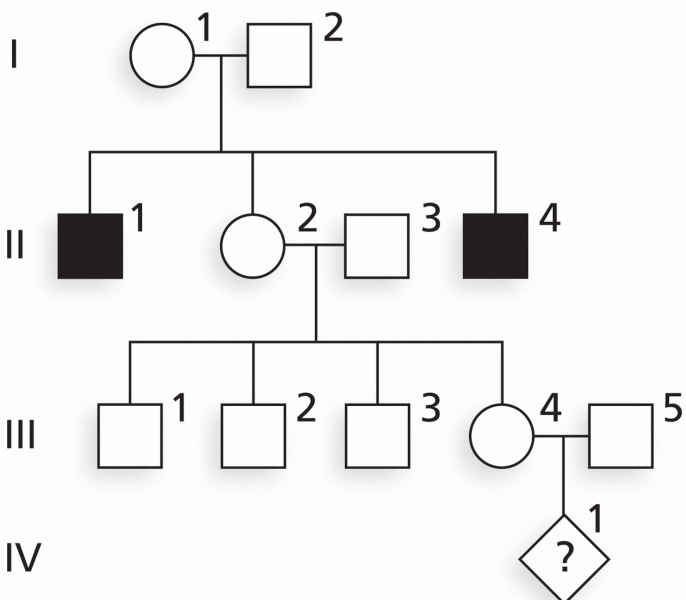Answer to Question 1
Correct Answer: 1,2,3
Rationale 1: Weekly weights are one strategy to ensure an adequate nutritional intake.
Rationale 2: Helping the client with meals and eating is a strategy to ensure an adequate nutritional intake.
Rationale 3: Offering fluids is one way to ensure an adequate fluid intake.
Rationale 4: The client may or may not be able to feed self, depending on the extent of the disease process.
Rationale 5: Providing finger foods may or may not ensure an adequate nutritional intake for the client.
Global Rationale: Weekly weights, helping the client with meals and eating, and offering fluids are all strategies to ensure an adequate nutritional intake. The client may or may not be able to feed self, depending on the extent of the disease process. Providing finger foods may or may not ensure an adequate nutritional intake for the client.
Answer to Question 2
Correct Answer: 1,2,5
Rationale 1: Head trauma is a known cause of seizures.
Rationale 2: Epilepsy is a disorder where seizures occur on a chronic basis. In some cases, the exact etiology cannot be identified.
Rationale 3: Excessive levels of stress cannot disrupt cerebral oxygen to the extent that epilepsy would occur.
Rationale 4: There is no known correlation with anorexia nervosa and the development of epilepsy.
Rationale 5: Changes in cerebral perfusion such as hypotension, strokes or brain attacks, and shock can be causes of seizures.
Global Rationale: Epilepsy is a disorder where seizures occur on a chronic basis. In some cases, the exact etiology cannot be identified. Head trauma, changes in cerebral perfusion such as hypotension, strokes or brain attacks, and shock are all known cause of seizures. Excessive levels of stress cannot disrupt cerebral oxygen to the extent that epilepsy would occur. There is no known correlation with anorexia nervosa and the development of epilepsy.







